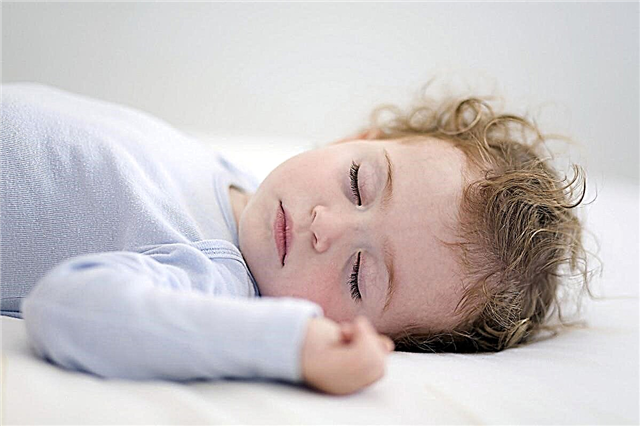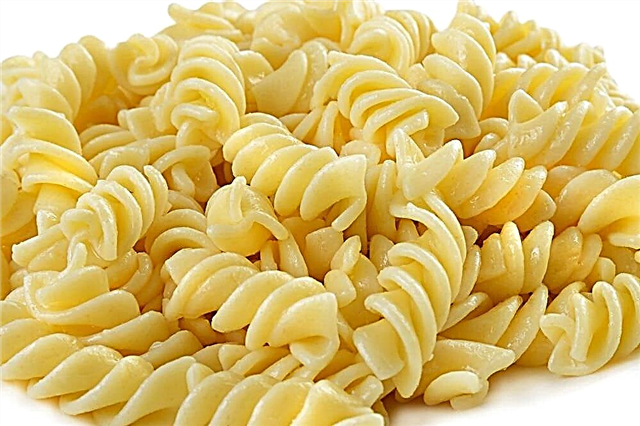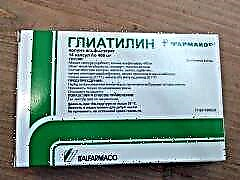
The nervous system of the newly born toddler is not yet fully mature and its formation takes place in each baby according to an individual schedule. However, sometimes certain factors interfere with development, among which there may be birth trauma, prematurity, or genetic pathology. In such cases, they often resort to drugs called nootropics.
One of these agents is Gliatilin. The drug is in great demand among the elderly, since it helps to eliminate the consequences of a stroke, improves the condition in case of discirculatory encephalopathy and dementia. But is it possible to give it to children when such a medication is prescribed in childhood and how does it affect the nervous system of babies?
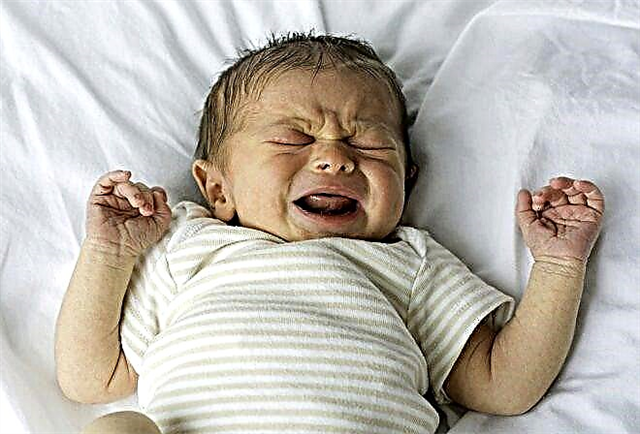
Release form
Gliatilin is available in two forms:
- Capsules. They are made of gelatin, soft, yellow in color and oval in shape. The capsules contain a colorless, viscous liquid. One package contains 14 capsules.
- Solution, which can be injected intramuscularly or into a vein. It is odorless and colorless. One ampoule contains 4 ml of such a solution, and one package contains either one or three ampoules.
There are no other forms (drops, tablets, suspension, syrup, powder, etc.) for such a medication.
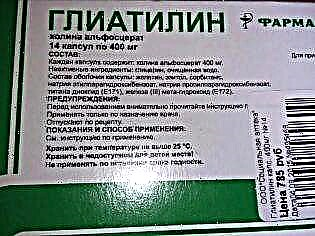
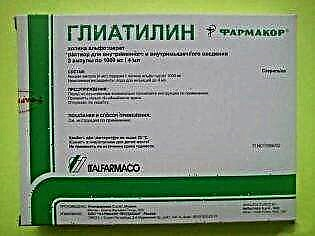
Composition
The active ingredient in any of the forms of Gliatilin is choline alfoscerate. Such a compound is presented in one capsule with a dosage of 400 mg, and in one ampoule it contains 1000 mg.
Additionally, the capsules include glycerin and purified water, and their shell is made of gelatin, sodium propyl and ethyl parahydroxybenzoate, esitol, iron metahydroxide, sorbitan and titanium dioxide. The only auxiliary ingredient in the injection solution is water for injection.

Operating principle
Gliatilin is a group of nootropic drugs, since this drug is able to affect nerve cells in the brain, as a result of which their condition improves and nerve impulses are better conducted. In addition, the use of such a medication has a positive effect on metabolic processes in the brain tissues and increases their saturation with blood.
The result of the action of Gliatilin will be:
- Improving memory.
- Improving the ability to concentrate.
- Elimination of apathy.
- Improving mental performance.
- Optimization of cognitive abilities.
- Improved mood.
- Change in behavioral responses in a positive way.
- Restoration of functions damaged by brain injuries.
- Regression of symptoms of neurological diseases.
In the patient's body, the medication is converted into two substances. One of them is choline, which is involved in the synthesis of such an important neurotransmitter as acetylcholine. It is important for the normal transmission of impulses through nerve cells. The second compound is represented by glycerophosphate, from which phospholipids are formed. They are essential for neuronal membranes, so a sufficient amount of glycerophosphate protects nerve cells and speeds up their recovery when damaged.
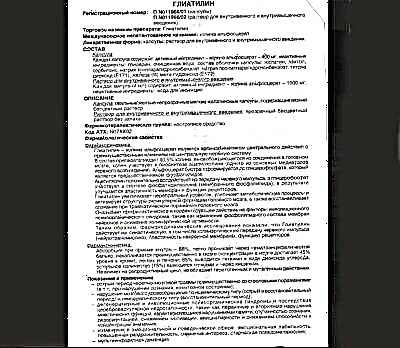
Indications
Neurologists prescribe Gliatilin:
- With traumatic brain injury (in the acute period).
- With a stroke of various types.
- With psychoorganic syndromes, in which memory is weakened and intelligence is reduced.
- During the recovery period after small-focal brain lesions associated with circulatory disorders.
- With increased irritability and other emotional disturbances.

In children's practice, the medication is also used:
- With autism.
- With ADHD.
- With nervous tics and other neuroses.
- In children who have undergone hypoxia during childbirth.
- In babies with birth trauma to the brain.
- With hydrocephalic syndrome.
- With cerebral palsy.
- In children with delayed mental or speech development (with RRD).

From what age is it allowed to take?
There are no age restrictions in the annotation to Gliatilin, so the drug is allowed even for newborns and children under one year old. However, only a doctor should prescribe a medication for young children, determining the required dosage and method of administration.
As a rule, injections are prescribed for babies under 2 years old, and capsules are recommended for children of school age and older. This tactic is due to the ability to divide the solution in the ampoule, receiving a lower dosage that is suitable for a particular child by age.
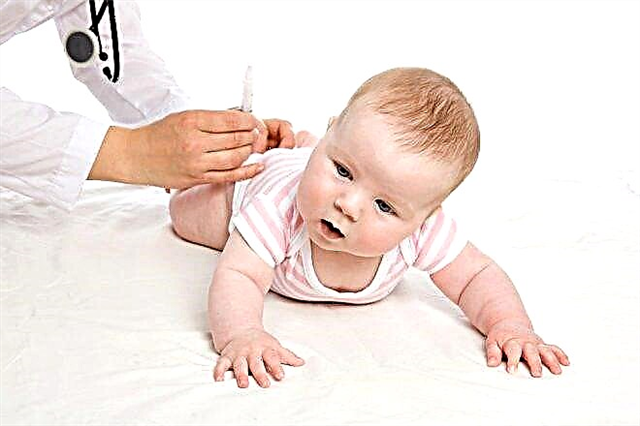
Contraindications
The medication is not used if the child has an intolerance to any of its components.
Side effects
Gliatilin treatment may cause an allergic reaction. In addition, this medication sometimes provokes nausea, which disappears after the dosage is reduced.
Instructions for use
Gliatilin capsule should not be bitten or opened. This form of medication is swallowed whole with a small amount of still water. The annotation contains a recommendation to take this drug before meals (preferably before breakfast).
Gliatilin injections can be administered both intramuscularly (into the muscle of the shoulder or thigh), and in the form of drip intravenous infusions, for which the ampoule is diluted with saline. The injection is advised to be done before meals in the morning. The solution unused for the injection must be discarded.

Dosage
If a child has a craniocerebral injury, then Gliatilin is prescribed to him 1 ampoule per day for 1 week. The drug can be injected both into a vein and intramuscularly. After 7 days from the start of treatment, you should switch to taking capsules. They need to be taken within 2 months, 1 capsule twice a day.
In case of hypoxic encephalopathy or birth injury, a child under one year old (for example, at 6 months) is prescribed 1-2 ml of Gliatilin by injection. The drug is administered daily 1 time per day for 10-12 days. If the child is 1-3 years old, then the daily dosage rises to 2-3 ml, and at the age of 3 years, the medication is administered in a whole ampoule (4 ml once a day).
For children who can swallow capsules, the drug is prescribed one capsule twice a day for a course lasting from one to three months. It is also possible to draw the solution from the capsule with a syringe and give it to the child to drink by removing the needle, after which the contents of the capsule can be washed down with water. However, this use of the medication is rarely resorted to, since injections are considered more effective and are prescribed in shorter courses (from 5 to 14 days).

Overdose
Exceeding the dose of Gliatilin causes nausea. If a small patient has such a symptom, this is a reason to reduce the dosage of the medicine. In addition, the drug can provoke other manifestations of dyspepsia, such as belching, loose stools, or flatulence. In such cases, it is recommended to take sorbents.
Drug interactions
The manufacturer does not have any information about the incompatibility of Gliatilin with other medicines. It can be taken together with any other medications, for example, with antipyretic drugs, if the child starts ARVI during the course of treatment.
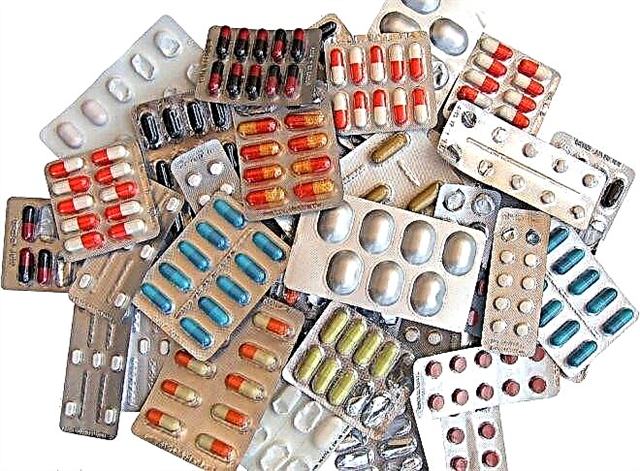
Terms of sale
To buy Gliatilin capsules or injections at the pharmacy, you need to show a prescription from your doctor. The average price of a package with 14 capsules is 750 rubles, and for 3 ampoules of the drug you need to pay from 600 to 700 rubles.
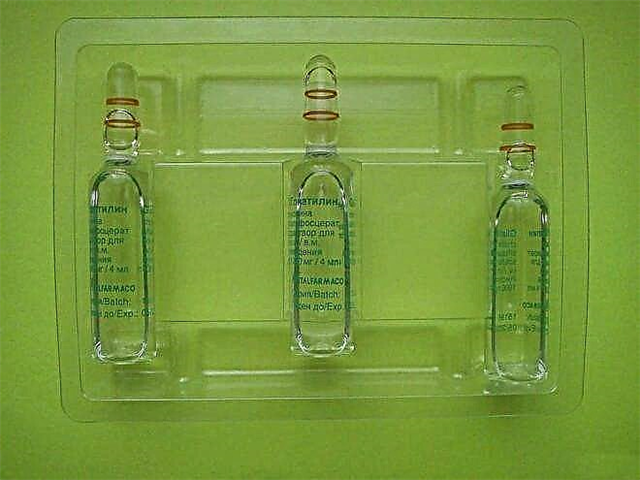
Storage conditions and shelf life
It is necessary to keep both ampoules and capsules of Gliatilin at home in a place inaccessible to a small child, where the temperature does not rise above +25 degrees Celsius. The shelf life of capsules is 3 years, and the injectable form is 5 years.
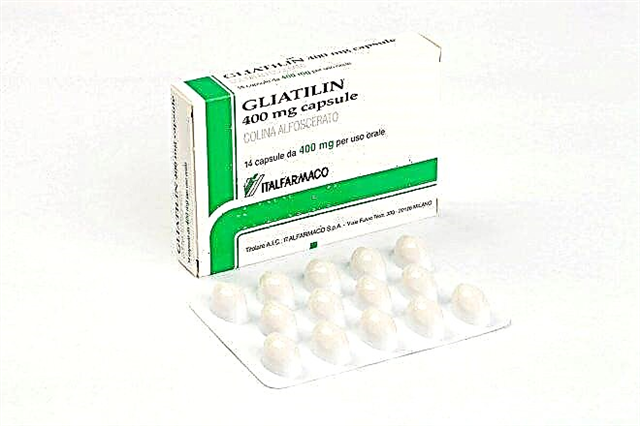
Reviews
There are many good reviews about the use of Gliatilin in children. Parents and doctors note the high effectiveness of this medication for various lesions of the central nervous system and delayed speech development. According to mothers, despite a fairly long course of treatment, children tolerate the drug mostly well, and side effects in the form of nausea or allergies are very rare.
The disadvantages of the drug are called a rather high price and the need for long-term therapy (often from several courses), since the effect of the use of Gliatilin does not come immediately. Also, sometimes there are negative reviews in which they mention the absence of the therapeutic effect of the drug in a particular child. At the same time, the lack of effect is more often noted when taking capsules, while after a course of injections in most cases, the state of the nervous system improved.
Dr. Komarovsky refers to Gliatilin, like other nootropics, as drugs whose effectiveness has not been proven. He does not prescribe such drugs to his little patients and recommends that with ZRR patiently deal with the child, and not resort to injections or pills. Nevertheless, a well-known pediatrician does not consider this medication harmful and allows its use in babies, if there are indications for this and the doctor has prescribed the drug.
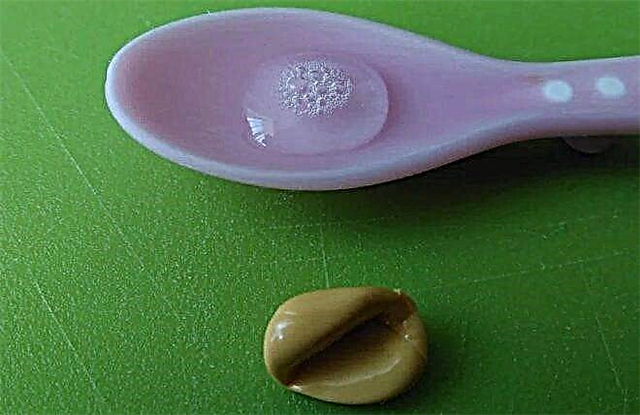
Analogs
Any other medication with the same active substance can be a substitute for Gliatilin. These drugs include the drugs Cereton, Cerepro, Nookholin Rompharm, Gleatser, Delecit, Holitilin and others. Most are in injectable form, but there are also capsules and oral solution.
In addition, the doctor may recommend other nootropic medications instead of Gliatilin, for example:
- Aminalon tablets containing GABA. They are allowed from 1 year.
- Anvifen capsules. Such a medicine based on aminophenylbutyric acid has been used since 3 years of age.
- The drug Nootropil containing piracetam. It is available in syrup, injections, tablets and capsules. The syrup form is used in children over 1 year old.
- Pantogam syrup, which contains hopantenic acid. This medication is prescribed at any age.
- Cortexin injections for children are allowed even for premature babies.
You can learn about the need to use nootropic drugs in the program of Dr. Komarovsky.

